The facilities at CNIO mean business. The facility itself is made up of several cores- each responsible for a unique aspect of each research project. They have a core for staining samples and a separate core for imaging and analysis. Just look at the hallways they have of -80°C freezers- each containing hundreds to thousands of samples. The CNIO is also located adjacent to Hospital Carlos III, which is the hospital that a Spanish patient with Ebola was taken to for treatment.
Walking through the streets of Madrid, the cross-walk noises are very peculiar. I captured a bit of a segment and share it with you here.
I also got to meet another researcher in the lab by the name of Colin Wardman. At his request, I am keeping his research on the downlow; however, I did get a chance to enjoy some beers and tapas with Sara and Colin.
In the hostel, I met a nice kiwi man by the name of Derek. Derek is traveling as part of an experience he is trying to turn into a movie or book. During our conversation about life, literature, and film, he let me know that he has directed a film called Event 16 that can be viewed for free online. Based on the reviews, the movie is somewhere between absolutely terrible and so-bad-it’s-genius.
Luis Bunuel
2 Comments
|
Science /ˈsīəns/
|

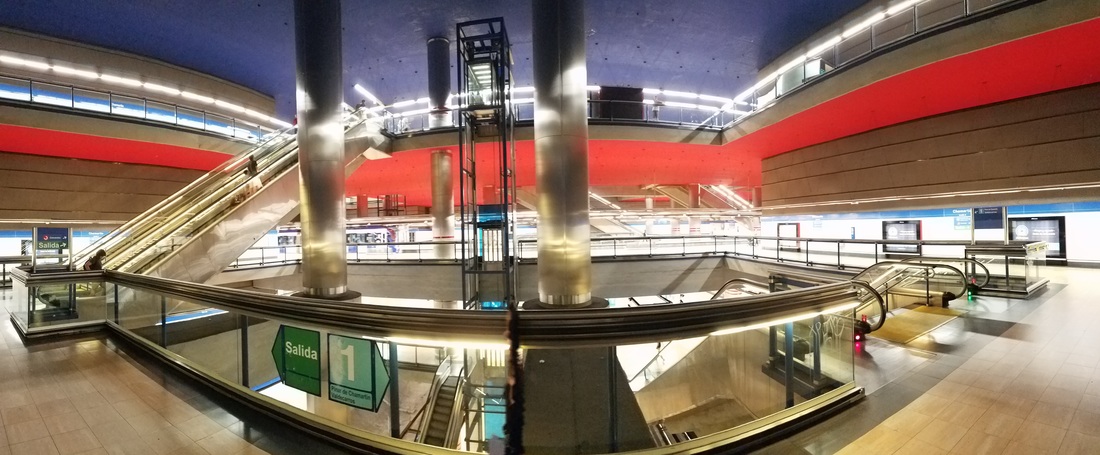
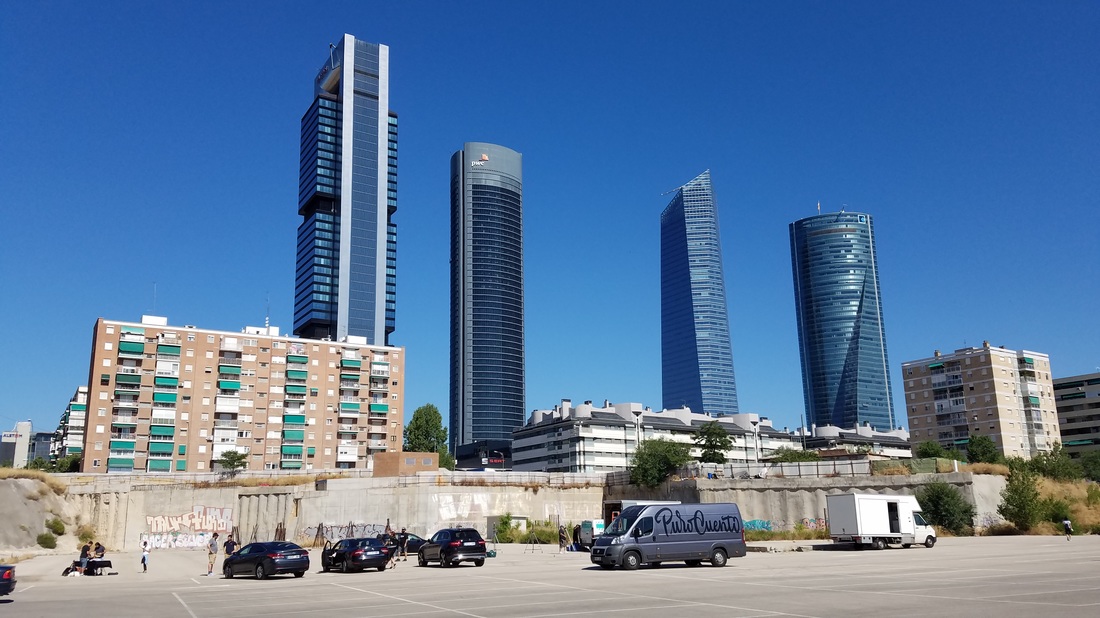
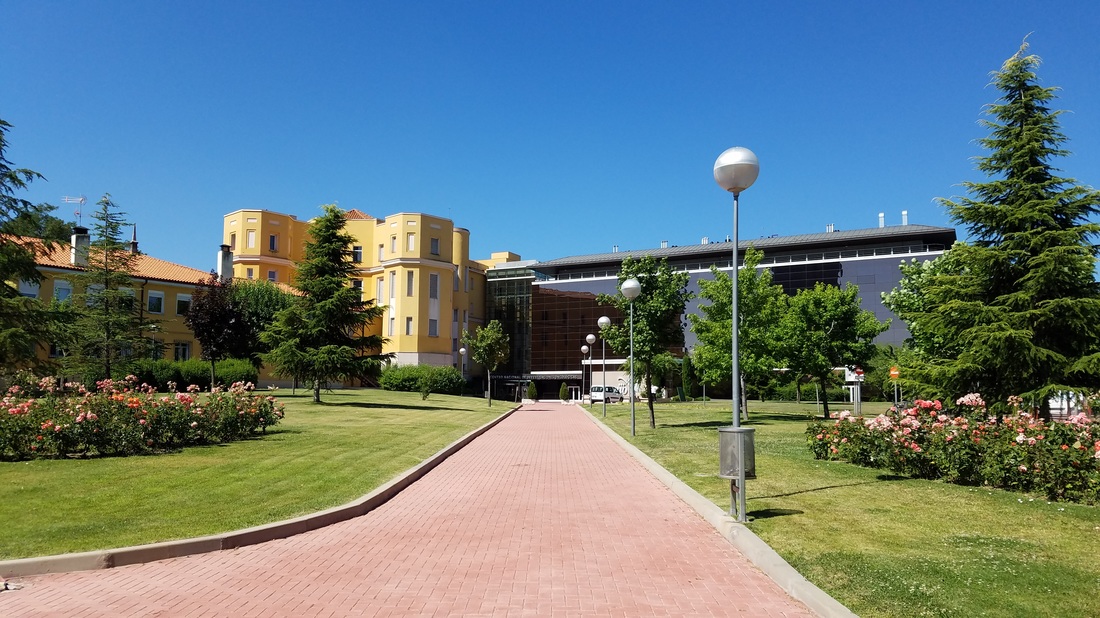
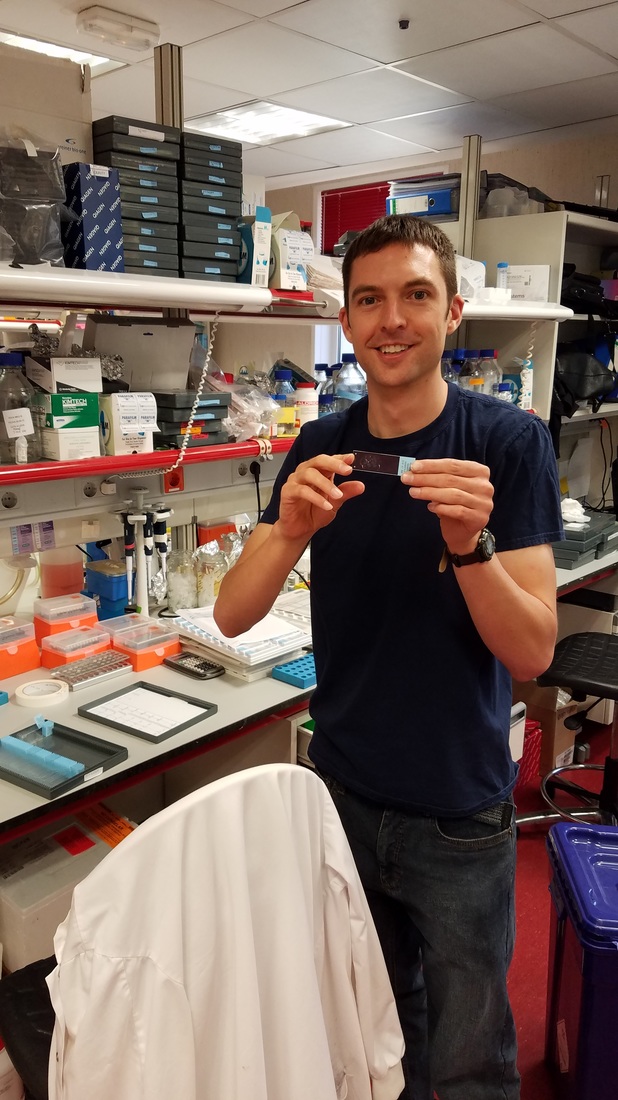
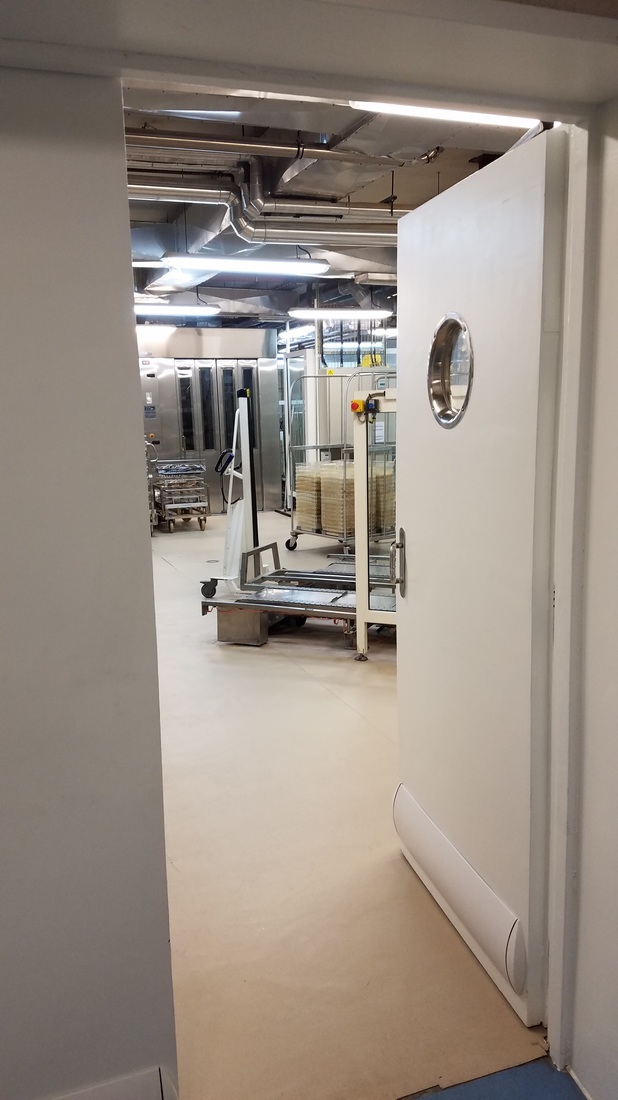
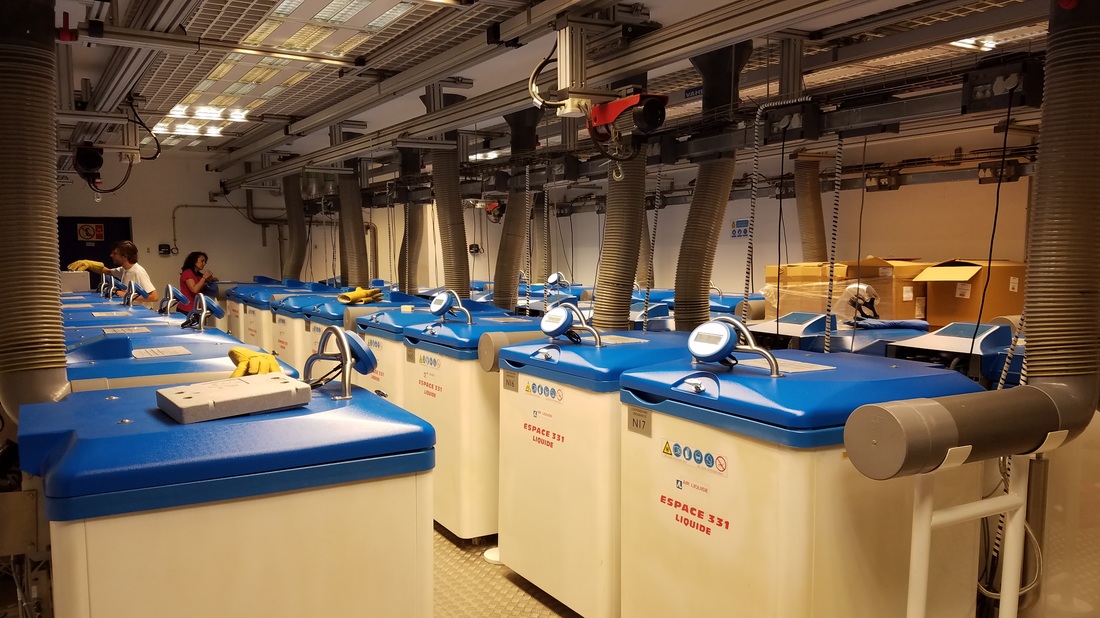
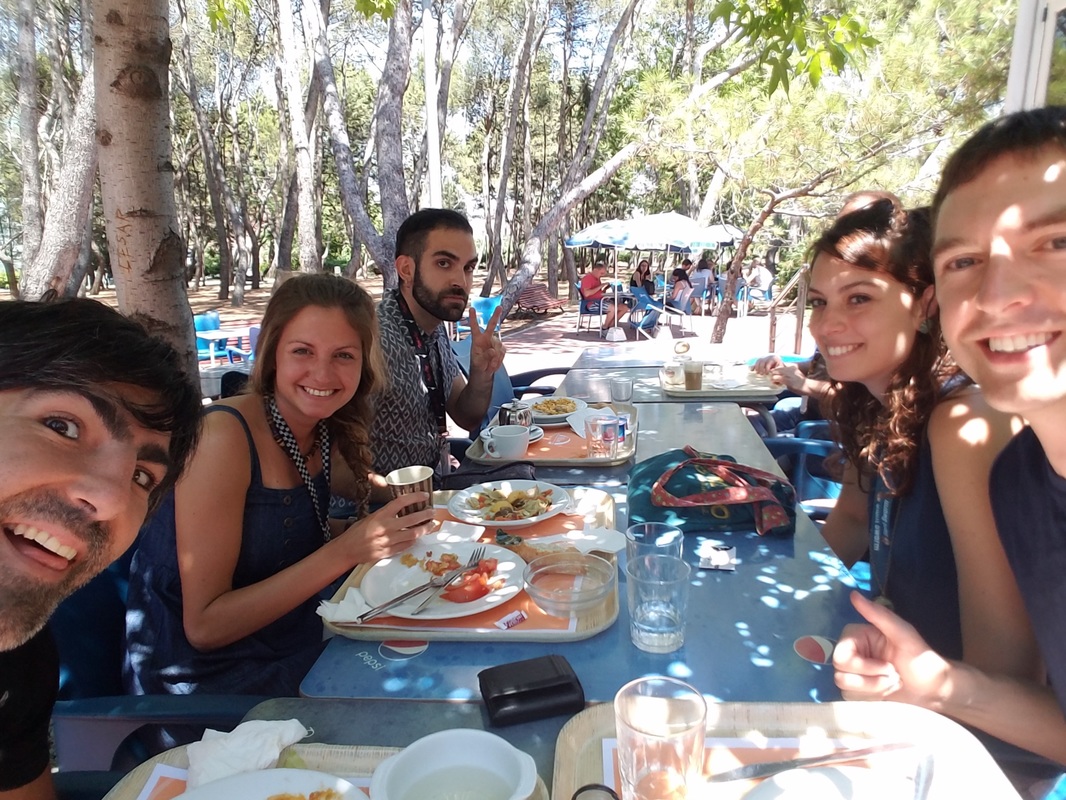
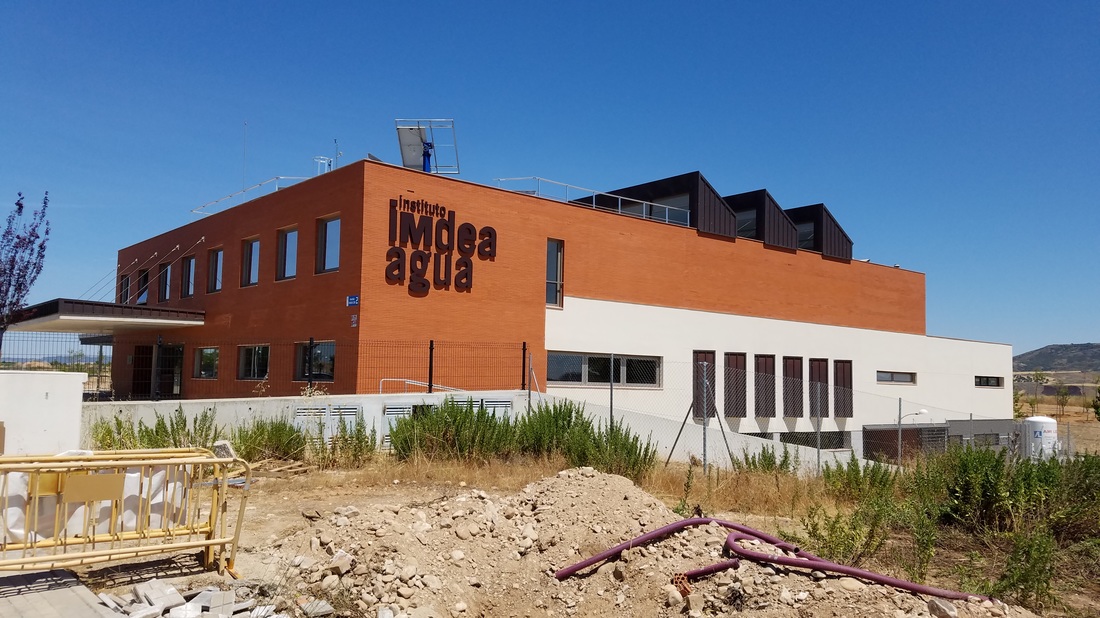
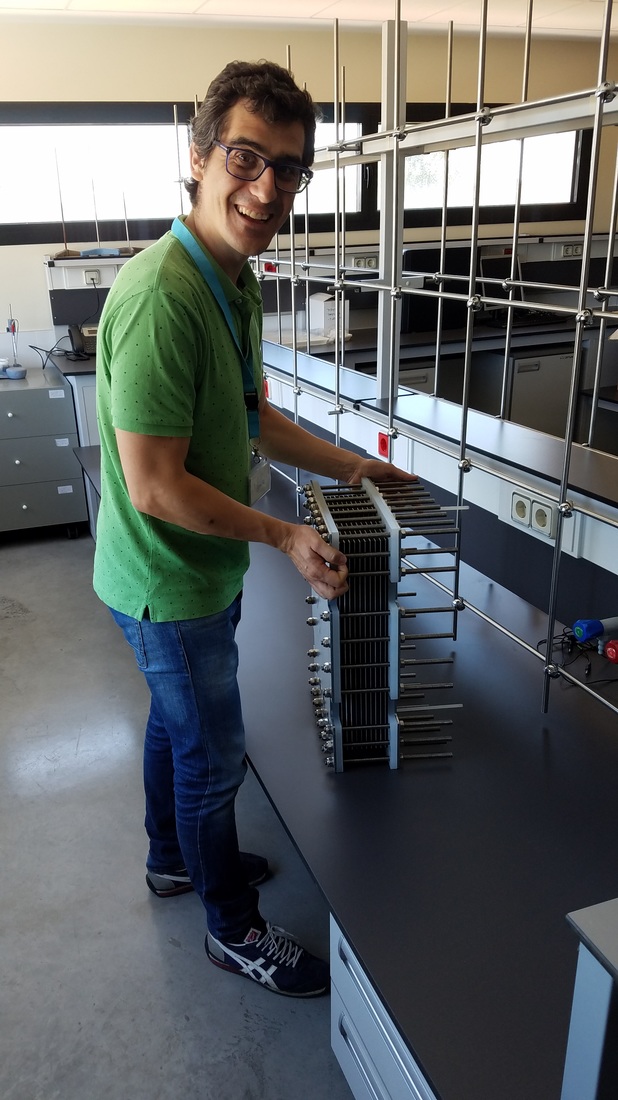
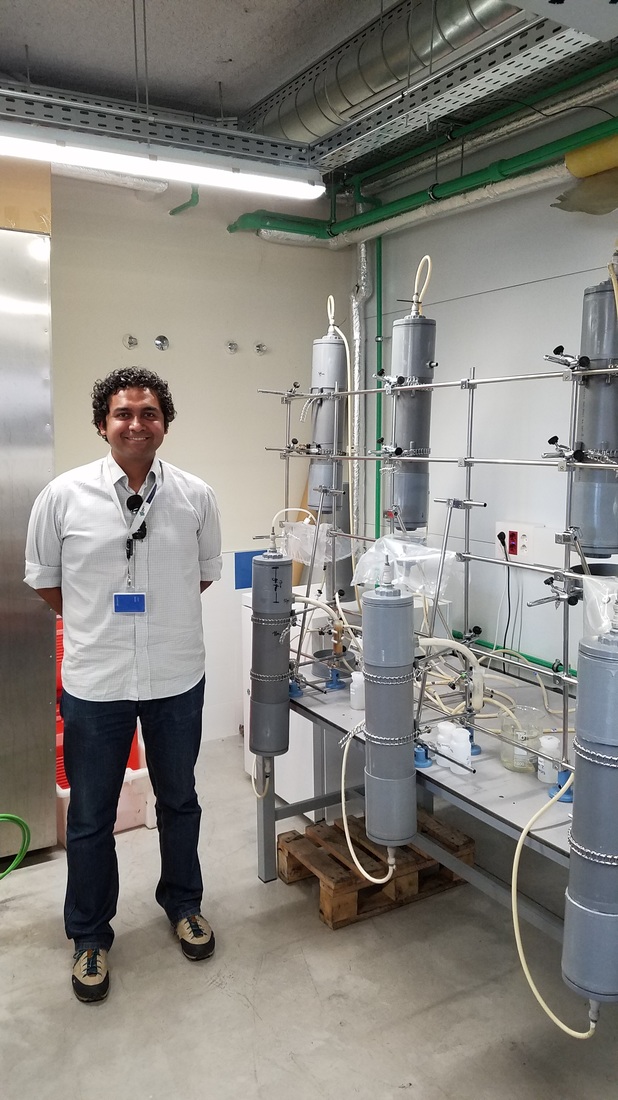
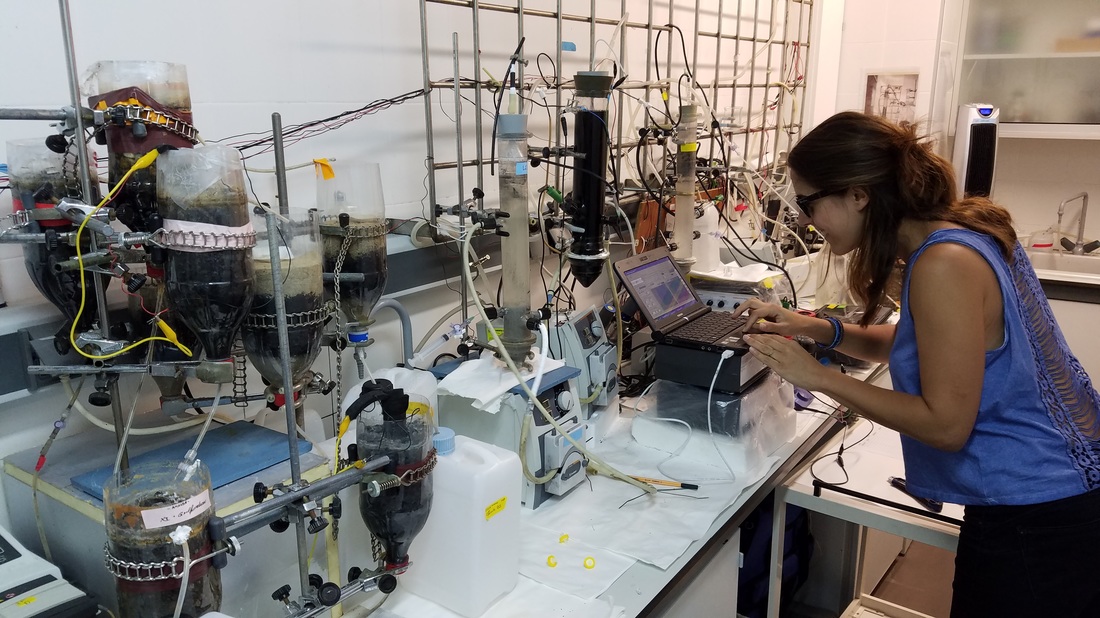
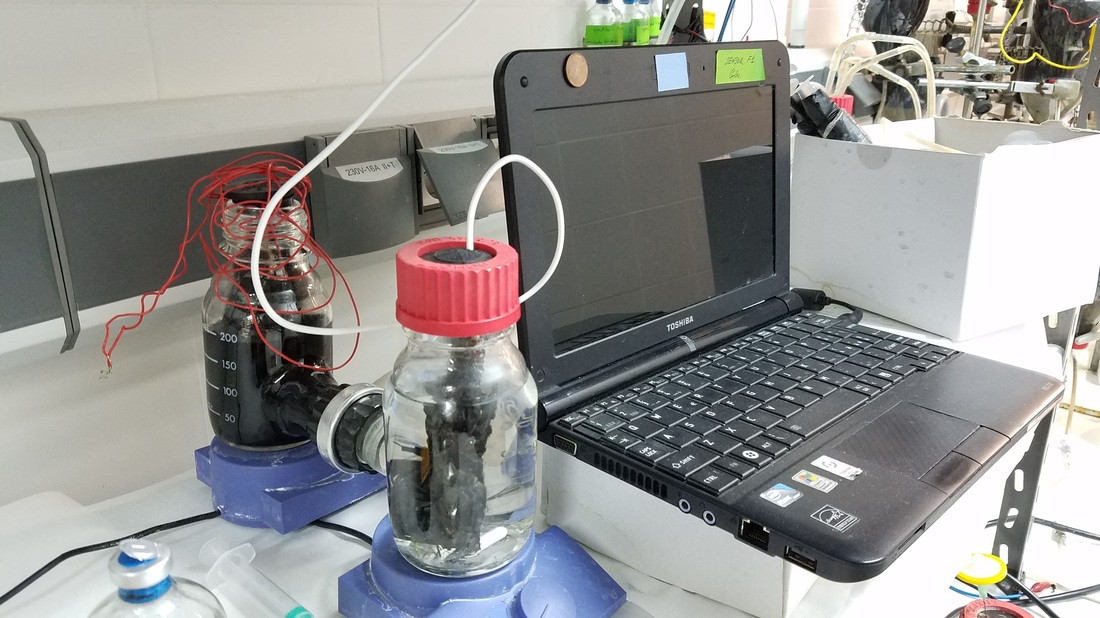
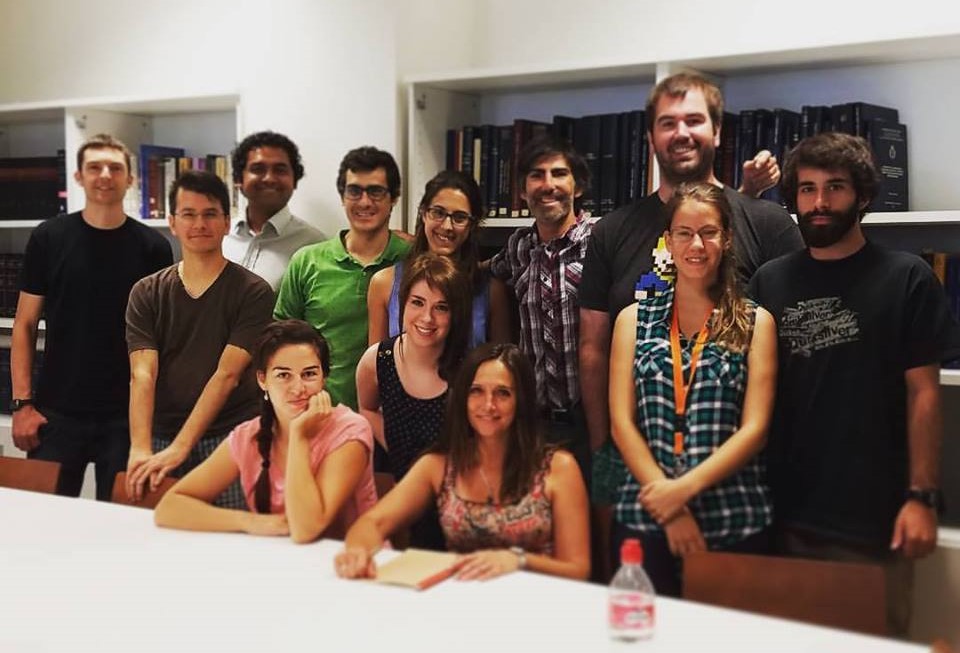
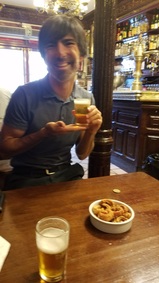
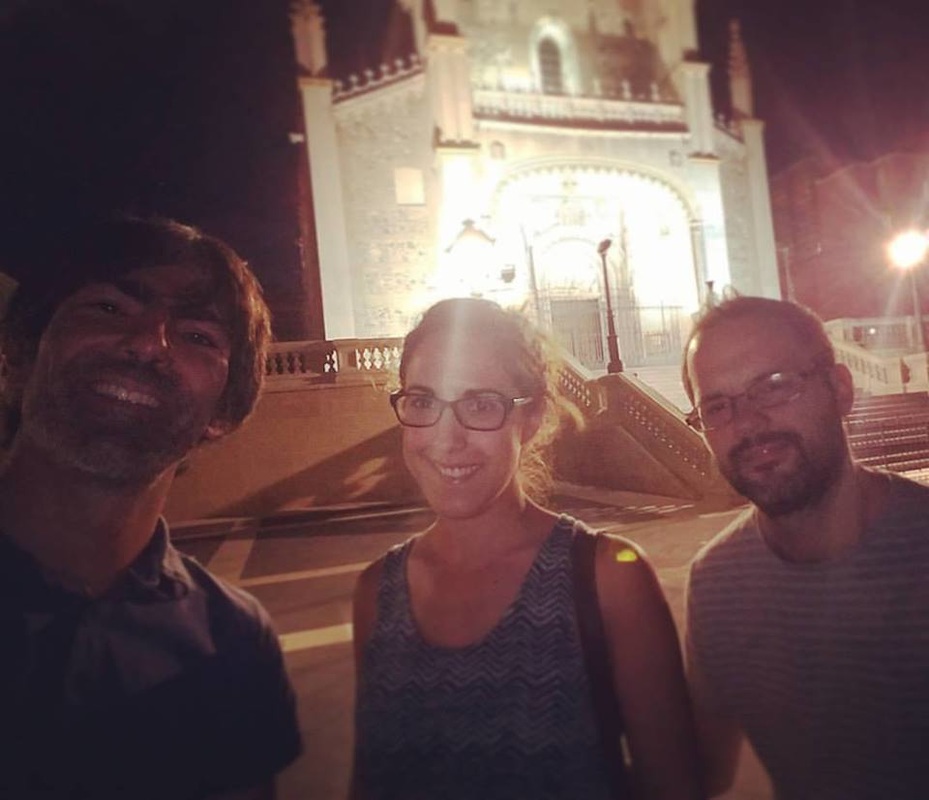
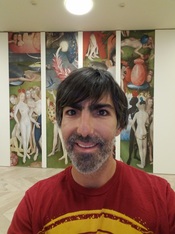
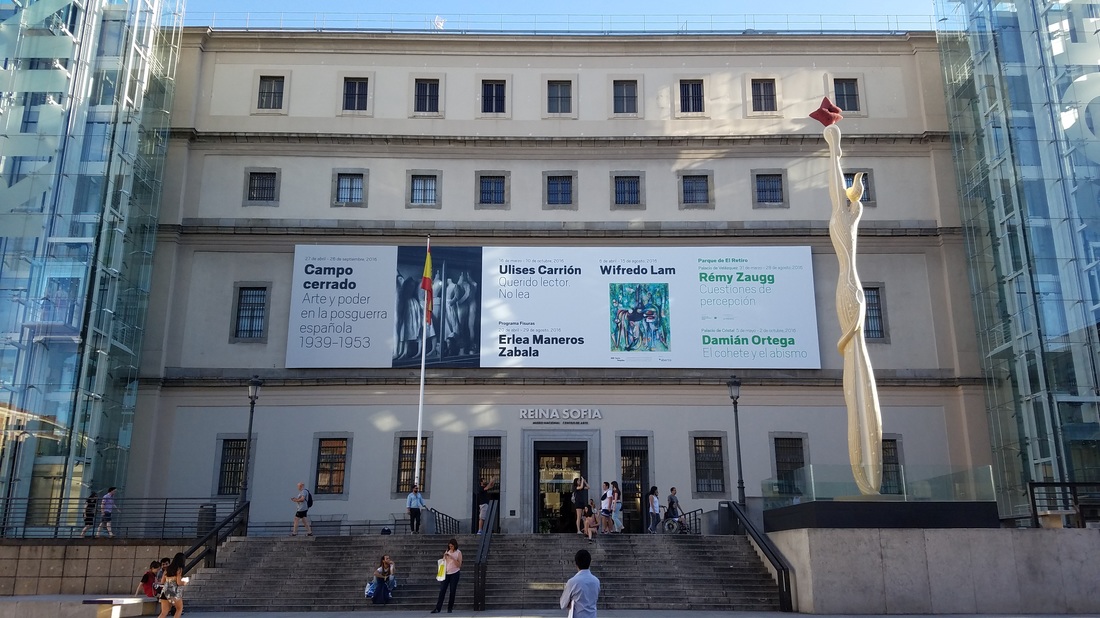
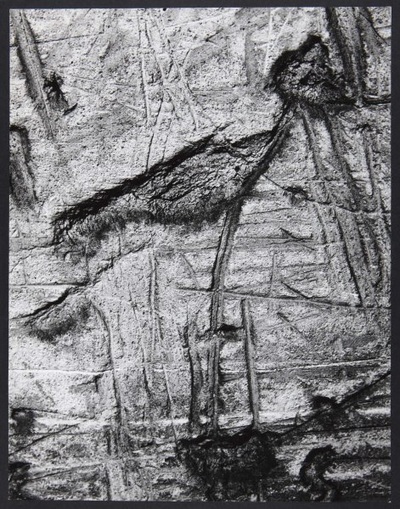
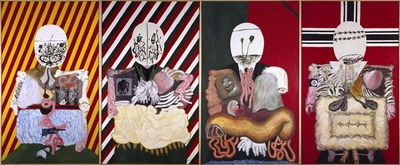
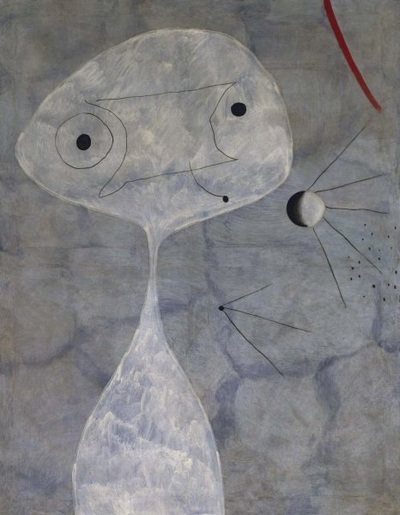
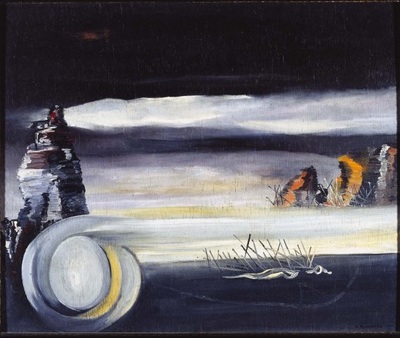
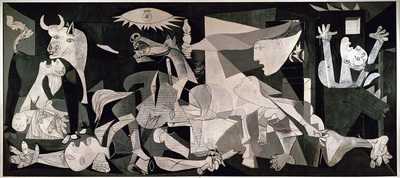
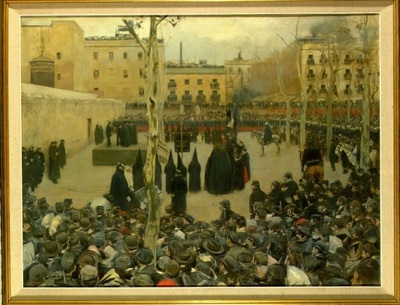
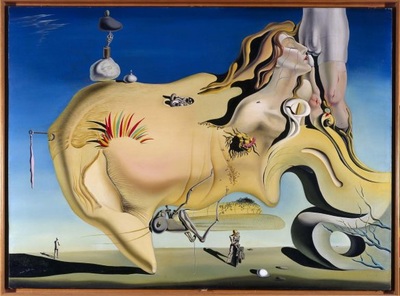
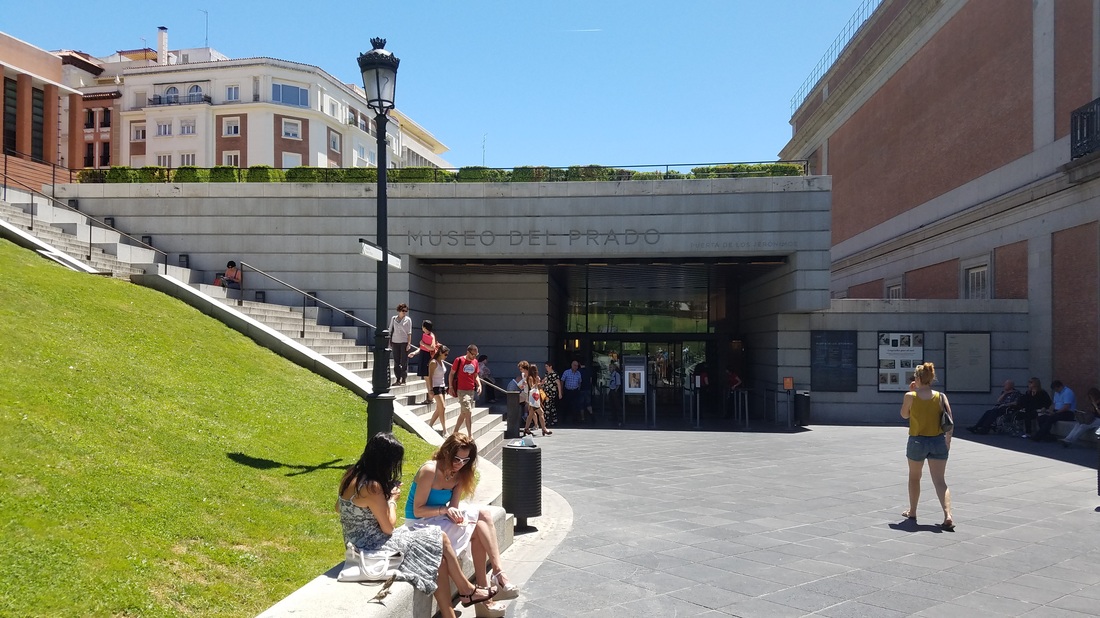
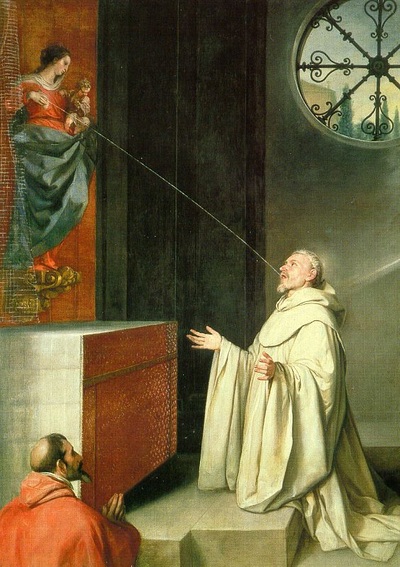


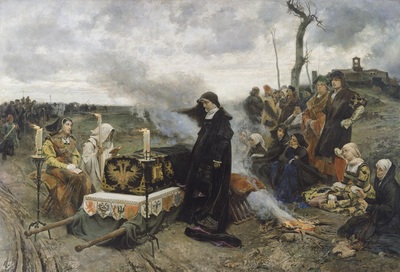
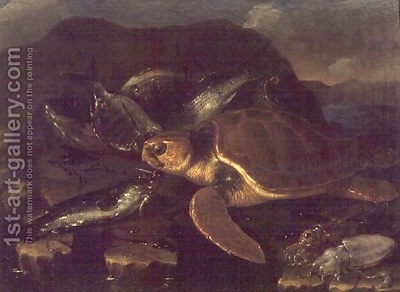
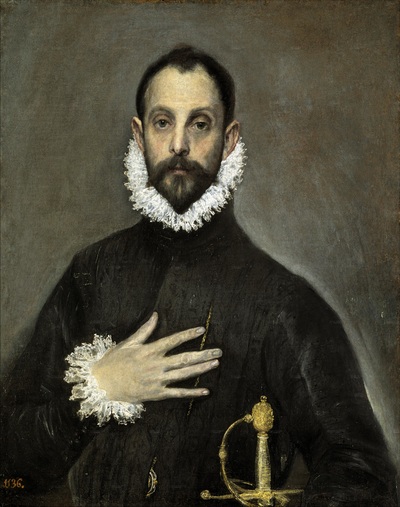
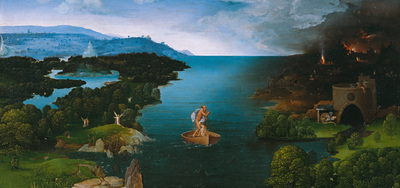
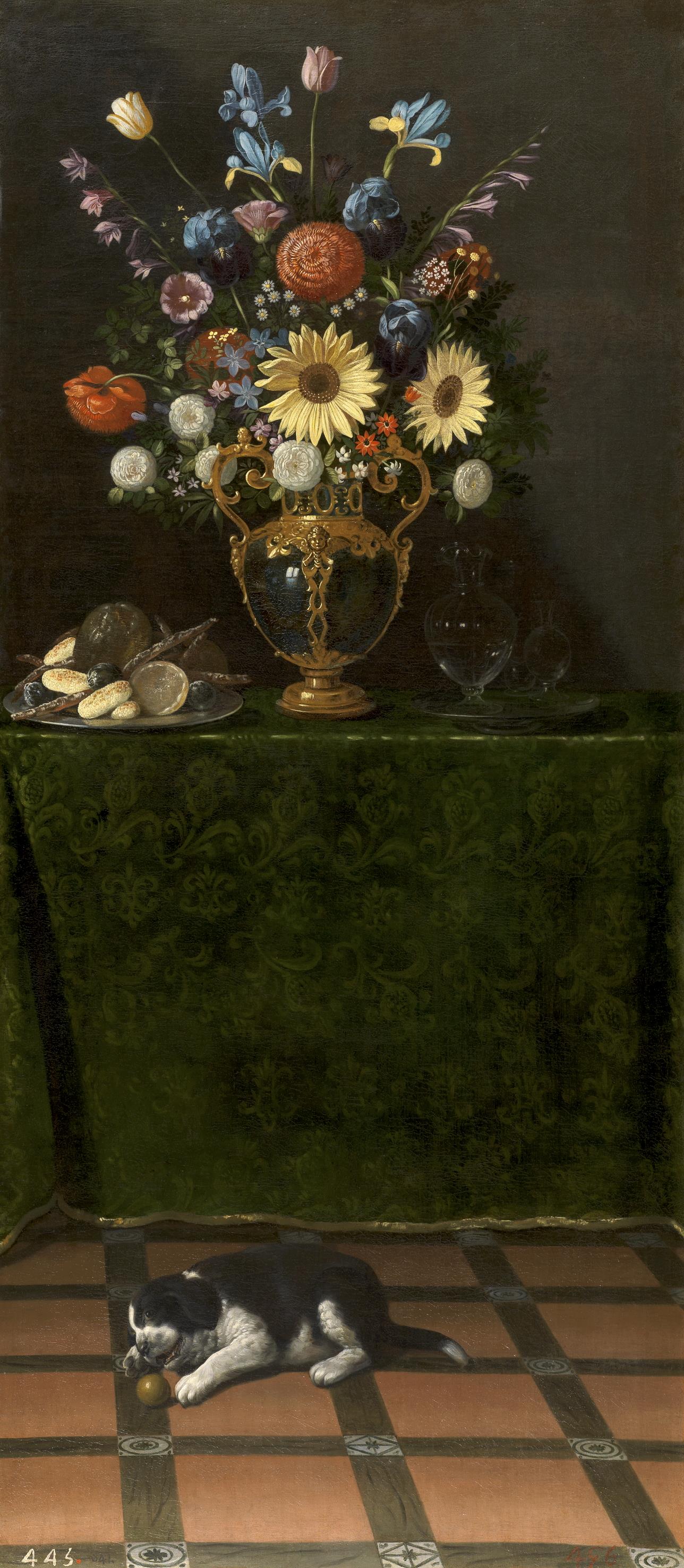
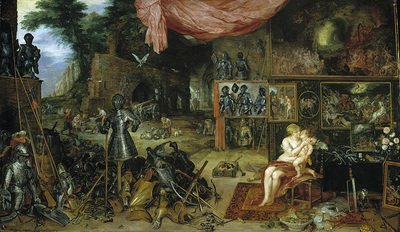
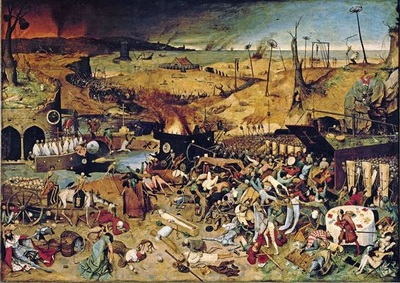
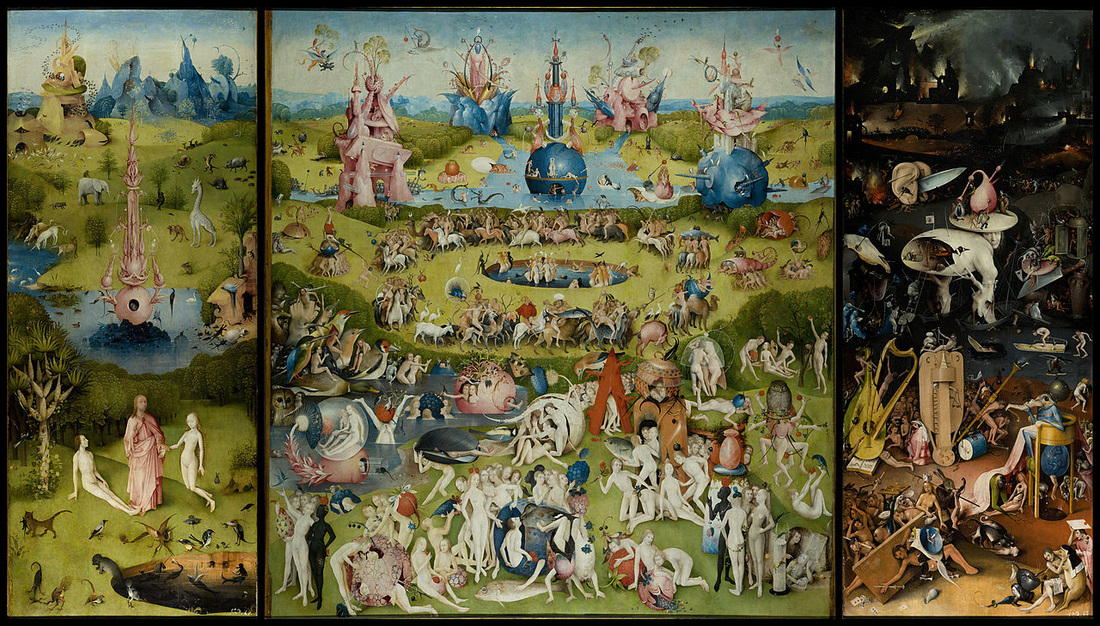
 RSS Feed
RSS Feed